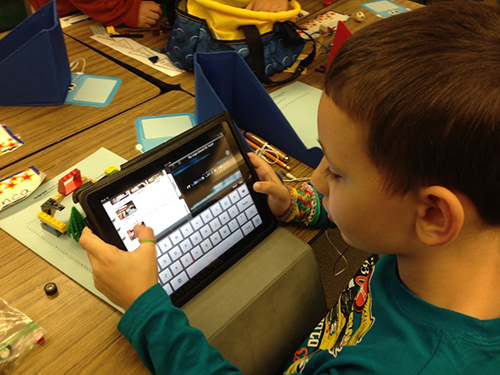
Which digital device is the better learning tool for students – a Chromebook or an iPad?
If you’re not aware of the hottest current digital device debate, you’re probably not a parent or an educator. ایک زمانے, that debate might have been about VHS vs. Beta, or Mac vs. PC. تاہم, in prime time ed tech school district circles, folks are fiercely focused on Chromebooks vs. آئی پیڈ (both now below $400). The big question? Which is the smarter purchase for their students? On the flip side of the classroom debate, Mom and Dad might not like the fact that portable digital tools are becoming more and more invasive. تاہم, how’s a parent to ignore these must-have lightweight mobile monsters, which are antiquating the family desktop and nurturing independence? Not to mention all your kids’ friends seem to have one. So which digital device is best?

Time to check in with one of my favorite experts. Carl Hooker is Director of Innovation and Digital Learning, Eanes, ٹیکساس انڈیپنڈنٹ اسکول ڈسٹرکٹ (ISD), one of the largest and most successful 1:1 districts in the country, and Tech&سال کا سیکھنا رہنما. Carl has these important tips for parents and educators:
5 Tips for Parents:
1. Check with your school.
What are the learning needs of your child? What kinds of initiatives are your child’s school currently implementing? These are important questions for parents before they head into the mobile device market. Some schools are a part of “GAFE” (Google Apps For Education) and others may be embarking on some sort of iOS one-to-one initiative. Before you make a purchase, check with your child’s school to see if there are any suggestions that would help parallel the learning taking place in the classroom. This will make your job easier as a parent when it comes to training, and will provide your child with an advantage in the classroom.
2. Restrictions can be your friend (and enemy).
Both iPads and Chromebooks have some ability to limit what your kids are doing on these devices. Chrome OS allows parents to put a “Supervised User” on the device to enforce SafeSearch and monitor web traffic. iOS lets parents place age-appropriate restrictions, white-list certain websites, and even lock down the device to a certain app (کہا جاتا ہے “Guided Access” mode). All that being said, these restrictions and filters are good only if you don’t let them lull you into a false sense of security. A double-barreled approach of age appropriate restrictions coupled with constant conversation with your kids are more effective measures for preventing your kids from getting into trouble on the web.
3. Wireless isn’t everywhere…ابھی تک.
If you live in an area with limited wireless access, you’ll want to consider that when purchasing your child’s device. Both Chromebooks and iPads have powerful web uses, but in terms of offline usability, the iPad has a bit of an advantage with its bevy of local native apps. Chromebooks کے آف لائن ایپلی کیشنز میں سے ان کی رقم میں اضافہ کر رہے ہیں اگرچہ, آلہ اب بھی بڑی حد تک ویب پر منحصر ہے. اپنے بچے کے لئے ان آلات کی ایک کی خریداری کرتے وقت آپ کو آپ کے وائرلیس صورت حال سے آگاہ ہونا چاہیے.
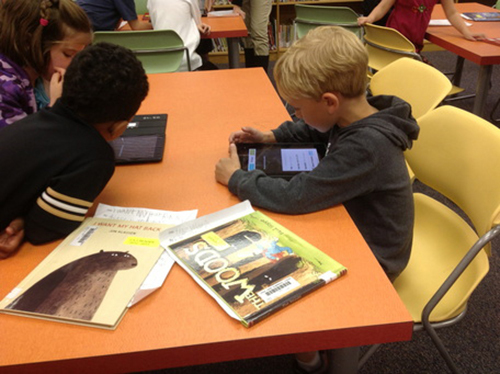
4. زندگی teachable لمحات کے بارے میں ہے.
اس کے ہاتھ میں ایک آلہ کے ساتھ, اگر آپ کے بچے اب دنیا میں ہر چیز تک رسائی حاصل ہے, اچھے اور برے دونوں. آپ بچے تھے تو کیسا, وہ غلطی کرے گا. Your gut reaction will be to take away the device when something goes awry. Avoid doing that if at all possible. The device is just a conduit to a poor choice or bad decision. Taking away the device does two things. For one, it means you only fixed the conduit (temporarily) but didn’t address the actual behavior. The other reason this isn’t advisable is that you are trying to gain trust and increase communication with your child. By taking away the device after that first mistake of for example, chatting rudely online, your child won’t be so apt to share when something inappropriate happens in the future for fear of the technology being taken away.
5. Don’t take the easy way out.
Keeping devices out of the hands of your kids, locking them away, turning off the internet and generally “avoiding the problem” with technology is much easier to do as a parent. It means you don’t have to deal with online privacy concerns, social media posting, crazy selfies, and cyberbullying. While it sounds all well and good to shelter your child from the world, the truth of the matter is you aren’t doing your kid any favors by taking the easy way out. Rather than avoiding the problem, embrace it. Take the opportunity to set limits سے your child when you purchase their first iPad, Chromebook or any other device. Make it an open dialogue and know that while they may have the tech know-how, you hold the experiences of life.
5 Tips for Educators:
1. It’s not about the device.
ایجوکیٹرز ان کے سیکھنے کے ماحول اور تربیت کرنے کے لئے بعض تبدیلیوں کو لاگو نہیں کرتے ہیں تو ڈیوائس کی پسند غیر متعلقہ ہے. اس بات کا یقین, رکن کی ویڈیو منصوبوں اور بصری فنون بہتر کرتا, اور Chromebook کے تعاون اور لکھنے کے لئے بہتر ہے, بلکہ ایک دوسرے سے فرق پڑتا ہے کیا کر رہا ہے کے قابل ہے. یہ صرف مختلف لگ رہا ہے. اگر آپ خرید میں اور ہر بچہ اپنی ڈیوائس ہونے، اس یقین کے ایک قدر اضافہ ہے ہی ہوگا. اس کے بغیر, ڈیوائس کے انتخاب پر بحث گمراہ توانائی ہے.
2. کنٹرول کے بارے میں یہ سب مت بناو.
Some educators shudder at the thought of every single student in their class having anytime access to the world at his fingertips. Companies are making fortunes creating ways for teachers and IT departments to control these devices. While there needs to be some level of oversight and age-appropriate restrictions, you should never choose a device based on how well you can control it. معلمین سب سے پہلے کنٹرول پر مرکوز کر رہے ہیں تو, they are missing the bigger picture of teaching kids to learn self-control.

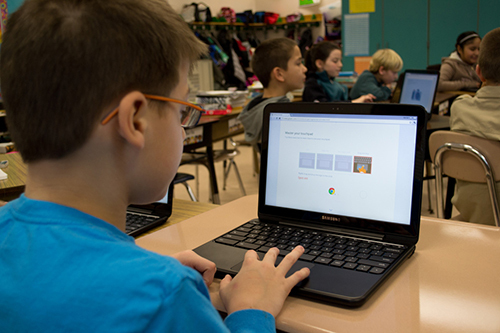
3. Focus on the learning objective.
ایک مثالی دنیا میں, your students would have access to multiple devices based on the learning objective. As crazy as that sounds, most adults seem to have a two-device minimum on their persons. While a two or three-to-one device ratio would be great, the reality is students just need access to a variety of tools based on needs. The good news is with the variety of apps and web resources, students just need access to those tools. Chromebooks and iPads provide a relatively inexpensive way to have that access.
4. Rethink your space.
میں “traditional-modern” version of the classroom, desks appear in rows or possibly sets of tables. If there are computers, they are usually in the back of the room, against the wall in a station type set up. Getting access to technology for all students in this type of environment usually involves a weekly trip to the computer lab for 45 منٹ. تاہم, with ubiquitous access to mobile devices, there no longer is the need for that. Along with that shift, schools need to look inward at how flexible the learning environment is in classrooms. اب, with everything truly mobile, why would you confine your students to a static space? Much like the device need, the space where your students learn should be as dynamic as the access they now have at their fingertips.
5. Pedagogy is everything.
Increased access to mobile devices and flexible spaces are great tools for creating a dynamic learning environment for your students. تاہم, without a shift in pedagogical practice, the device and space are rendered nothing more than substitutive tools in nature. If the learning environment is still teacher-centered and lecture-based, having iPads and Chromebooks can in fact be a great distraction for the teacher. An active, student-centered approach where the focus is on content creation versus content consumption is the more effective way to utilize these devices. Not only does that shift take the “need for control” aspect out of teaching, it also empowers the student to take control of his/her own learning. An environment that encourages collaboration, مسئلہ حل کرنے, and communication means students are applying their learning in a much more powerful way. This is not a new approach by any means, but having iPads or Chromebooks in your class makes it much more possible.
مزید معلومات کے لئے کارل ویشیا


All photos are courtesy of Carl Hooker
تعلیم کے لئے عالمی تلاش میں, سر مائیکل باربر سمیت میرے ساتھ اور عالمی سطح پر معروف فکری رہنماؤں (برطانیہ), ڈاکٹر. مائیکل بلاک (امریکہ), ڈاکٹر. لیون Botstein (امریکہ), پروفیسر مٹی Christensen کے (امریکہ), ڈاکٹر. لنڈا ڈارلنگ-ہیمنڈ (امریکہ), ڈاکٹر. مادھو چوہان (بھارت), پروفیسر مائیکل Fullan (کینیڈا), پروفیسر ہاورڈ گارڈنر (امریکہ), پروفیسر اینڈی Hargreaves نے (امریکہ), پروفیسر کریں Yvonne ہلمین (نیدرلینڈ), پروفیسر کرسٹن Helstad (ناروے), جین Hendrickson نے (امریکہ), پروفیسر گلاب Hipkins (نیوزی لینڈ), پروفیسر Cornelia Hoogland (کینیڈا), فاضل جیف جانسن (کینیڈا), مسز. چینٹل کوفمین (بیلجیم), ڈاکٹر. Eija Kauppinen (فن لینڈ), سٹیٹ سیکرٹری Tapio Kosunen (فن لینڈ), پروفیسر ڈومینک Lafontaine (بیلجیم), پروفیسر ہیو Lauder (برطانیہ), پروفیسر بین لیون (کینیڈا), رب کین میکڈونلڈ (برطانیہ), پروفیسر بیری McGaw (آسٹریلیا), شیو ندار (بھارت), پروفیسر R. نٹراجن (بھارت), ڈاکٹر. PAK NG (سنگاپور), ڈاکٹر. ڈینس پوپ (امریکہ), شریدر رازگوپالن (بھارت), ڈاکٹر. ڈیانے Ravitch (امریکہ), رچرڈ ولسن ریلی (امریکہ), سر کین رابنسن (برطانیہ), پروفیسر Pasi Sahlberg (فن لینڈ), پروفیسر Manabu ساتو (جاپان), Andreas کی Schleicher (پیسا, او ای سی ڈی), ڈاکٹر. انتھونی Seldon نے (برطانیہ), ڈاکٹر. ڈیوڈ Shaffer کے (امریکہ), ڈاکٹر. کرسٹن عمیق کر رہے ہیں (ناروے), چانسلر اسٹیفن Spahn (امریکہ), ایوز Theze (اسکول Français کی امریکہ), پروفیسر چارلس Ungerleider (کینیڈا), پروفیسر ٹونی ویگنر (امریکہ), سر ڈیوڈ واٹسن (برطانیہ), پروفیسر Dylan کے Wiliam (برطانیہ), ڈاکٹر. مارک Wormald (برطانیہ), پروفیسر تیو Wubbels (نیدرلینڈ), پروفیسر مائیکل نوجوان (برطانیہ), اور پروفیسر Minxuan جانگ (چین) وہ تمام اقوام کو آج سامنا ہے کہ بڑی تصویر تعلیم سوالات دریافت کے طور پر.
تعلیم کمیونٹی پیج کے لئے گلوبل تلاش
C. M. روبن وہ ایک موصول ہوئی ہے جس کے لئے دو بڑے پیمانے پر پڑھا سیریز کے مصنف ہے 2011 میں Upton سنکلیئر ایوارڈ, “تعلیم کے لئے گلوبل تلاش” اور “کس طرح پڑھیں گے?” انہوں نے تین bestselling کتابوں کے مصنف ہیں, سمیت Wonderland میں یلس اصلی, کے ناشر ہے CMRubinWorld, اور ایک Disruptor فاؤنڈیشن فیلو.
C پر عمل کریں. M. ٹویٹر پر روبن: www.twitter.com/@cmrubinworld


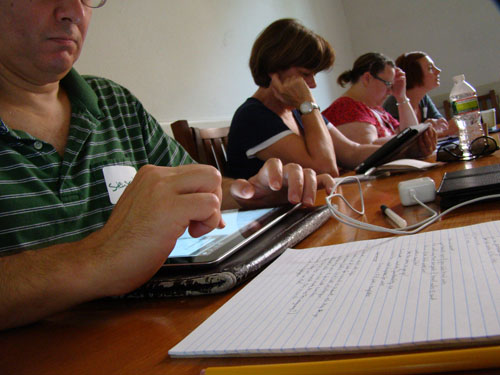
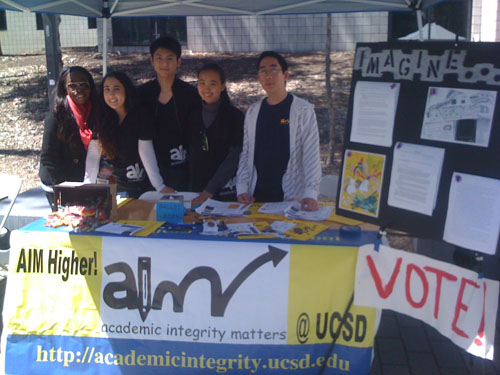
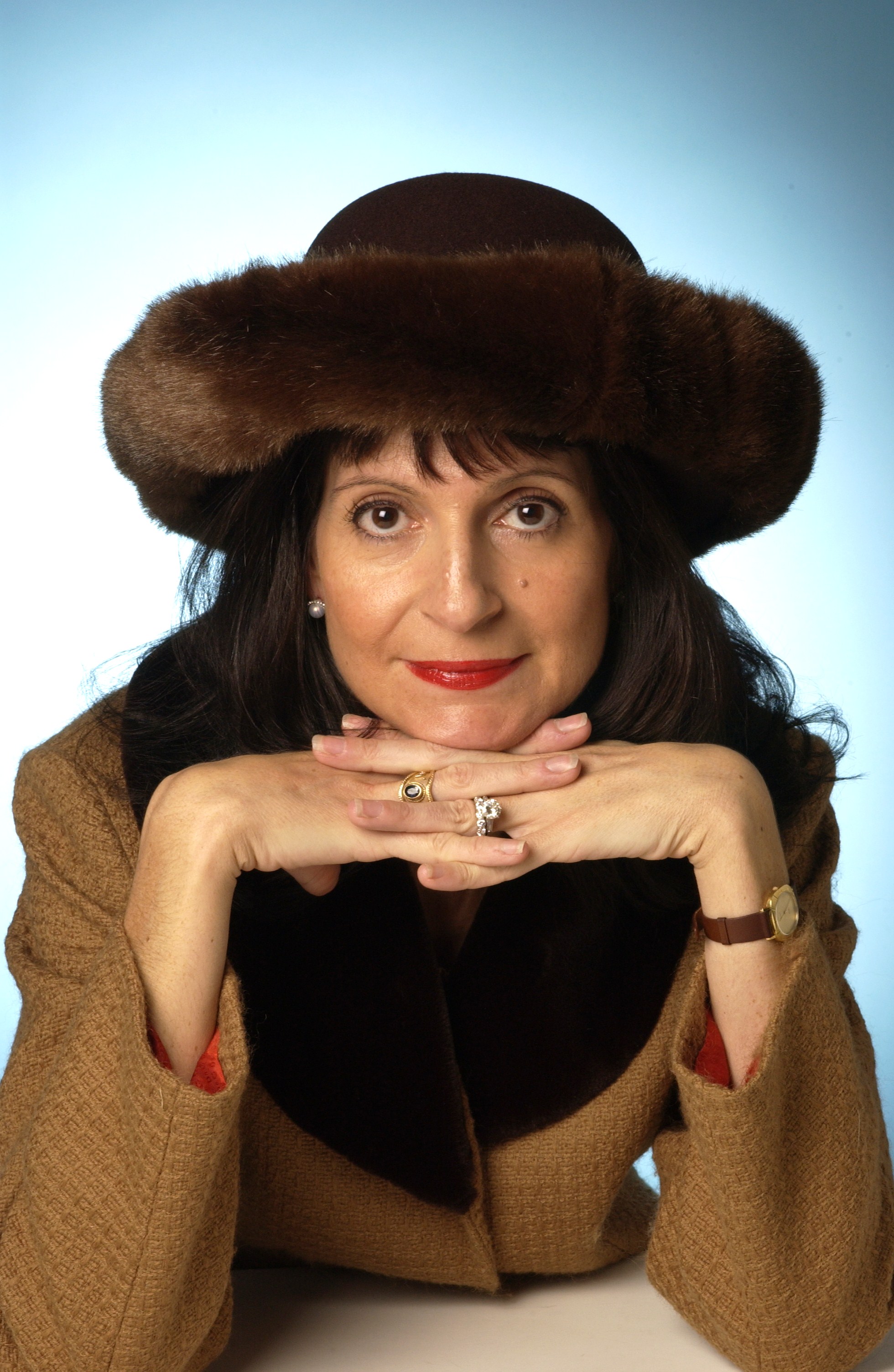

حالیہ تبصرے